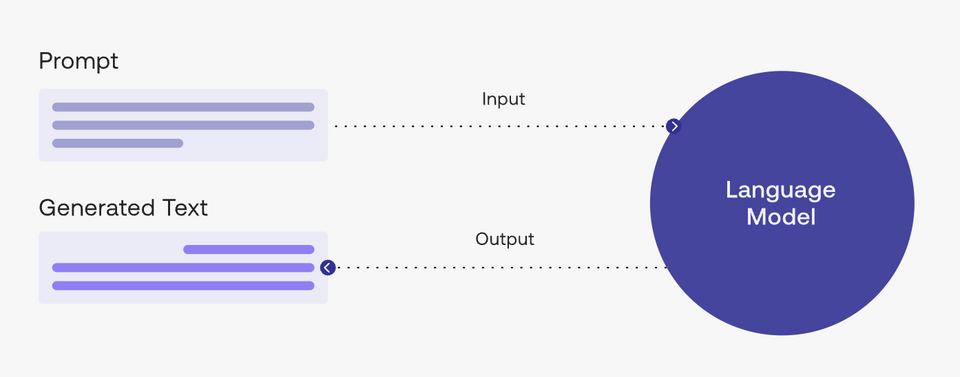Create unique codebase with ChatGPT
Search and store tool for Chat GPT Prompt
Create unique and engaging codebase with ChatGPT, a pre-trained language model by OpenAI for generating high-quality and accurate content.
Best Practices for Building and Maintaining a Language Codebase Integrating Third-Party Services or APIs
Recommend best practices for building and maintaining a [language] codebase that integrates with multiple third-party services or APIs.
Navigating the Codebase and Development Process of Open-Source Project in [Language]
Provide guidance on navigating the codebase and development process of the given [language] open-source project: [repository URL or project description].
Identifying Opportunities for Applying Design Patterns on Codebase: Tips and Strategies
Identify opportunities to apply the [design pattern] in the following [language] codebase: [repository URL or codebase description].
Understanding Coding Styles and Conventions in a given codebase
Generate a summary of the coding styles and conventions used in the given codebase: [repository URL or codebase description].
Analyzing a Codebase for Improvement and Refactoring: A Guide
Analyze the codebase to identify potential areas of improvement or refactoring: [repository URL or codebase description].
Identifying Trends and Patterns in Codebase Development
Identify trends or patterns in the development history of the given codebase: [repository URL or codebase description].
Generating a Report on Codebase Complexity and Maintainability
Generate a report on the complexity and maintainability of the following codebase: [repository URL or codebase description].
How to Analyze a Codebase to Identify Frequently Used Libraries or Dependencies
Analyze the given codebase to identify frequently used libraries or dependencies: [repository URL or codebase description].
What is “prompt engineering”?
A “prompt” is the input that guides a generative AI model to generate useful outputs. Generative AI tools like ChatGPT, GPT, DALL·E 2, Stable Diffusion, Midjourney, etc. all require prompting as their input.

In a natural language processing (NLP) context, “prompt engineering” is the process of discovering inputs that yield desirable or useful results. As is the story with any processes, better inputs yield better outputs; or commonly said another way “garbage in, garbage out.”


Become a prompt researcher instead of engineer
- If you’re already a subject matter expert in something, consider figuring out how to apply your personal skills to generating the best prompts in your field
- For example, if you’re an expert in SEO, what questions do you ask yourself when creating SEO strategies? How can you translate this knowledge into better prompts to generate the same level of output with AI?
Become a prompt researcher instead of engineer
- The term prompt engineer glosses over the idea that prompt formulation takes hypothesizing, research, result measurement, and repetition. Instead, approach prompting like a research project.
- Try as many different variations and formulations of your prompt as possible. One problem can have hundreds of solutions and one solution can have hundreds of approaches. The same can be said of prompting.
